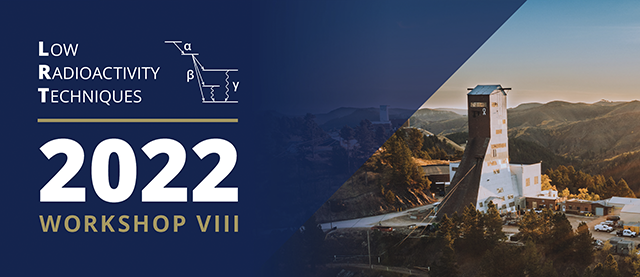Speaker
Description
A study was performed to look at the impact of varying the lower-level threshold settings of an ultra-low-background counting system’s (ULBCS) cosmic veto and the impact on background rates as seen by ultra-low-background proportional counters (ULBPC). The first ULBCS shield was constructed in the shallow underground laboratory at the Pacific Northwest National Laboratory (PNNL) over a decade ago and has been in near constant use since. Over the ensuing years adjustments to the threshold settings for the plastic scintillator veto detectors have been necessary as drift has been observed in the overall veto rate due to effects like photomultiplier tube (PMT) aging, but a full characterization study had not been performed to determine the optimal settings since initial construction. Two ULBPC detectors loaded with geologic-argon-based P10 count gas were loaded into the ULBCS and spectral data was collected on separate data acquisition modules. Counting on separate modules allowed a unique veto threshold setting to be specified for each detector DAQ module. An initial baseline background dataset was collected with the existing historic settings before the veto threshold settings were adjusted and new data collection began. The threshold settings were varied by a factor of 10 in either direction from the existing threshold to span the region where the muon and gamma features overlap in the differential pulse height spectrum recorded for the veto detectors. The characterization results will be presented.

